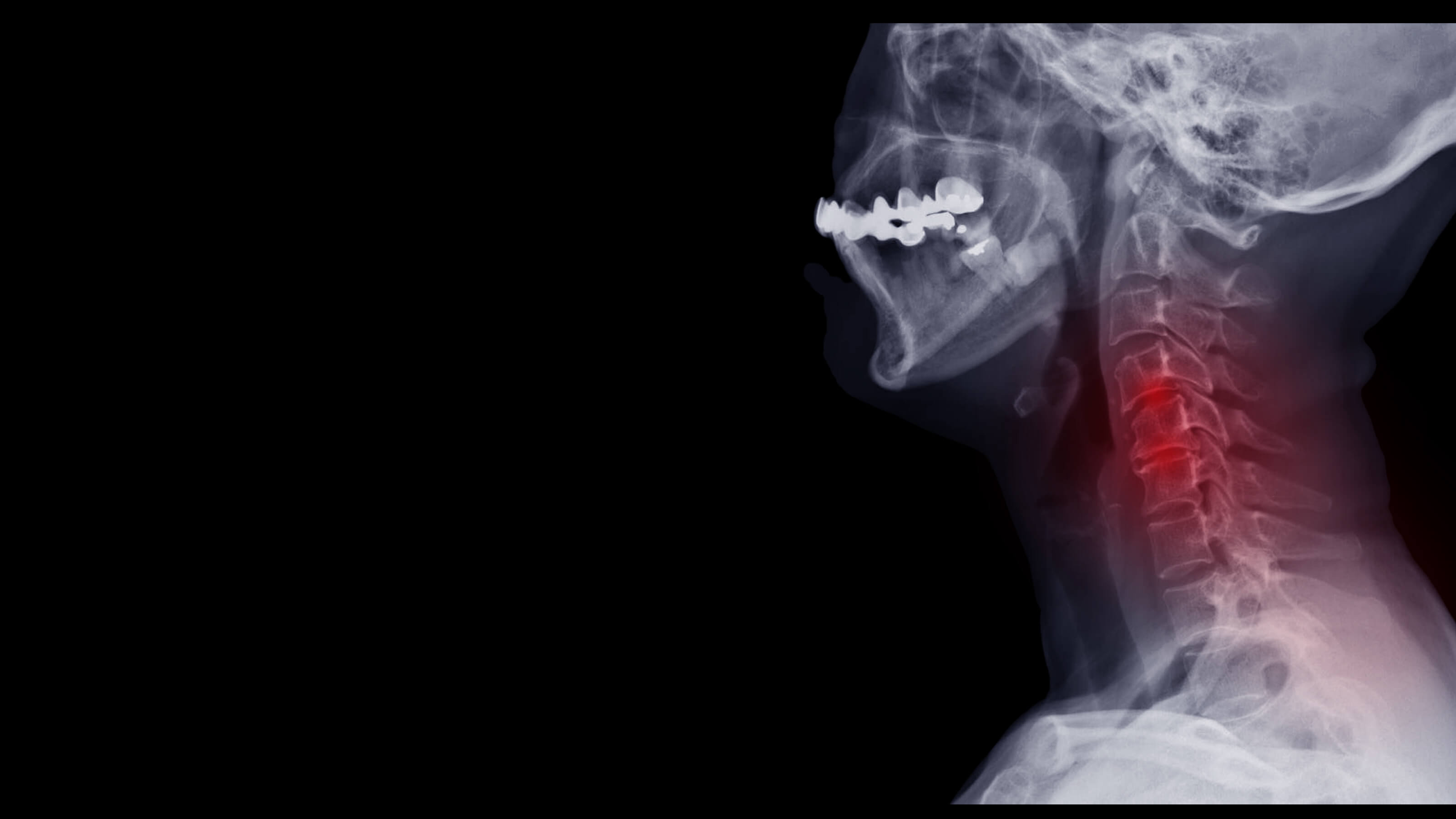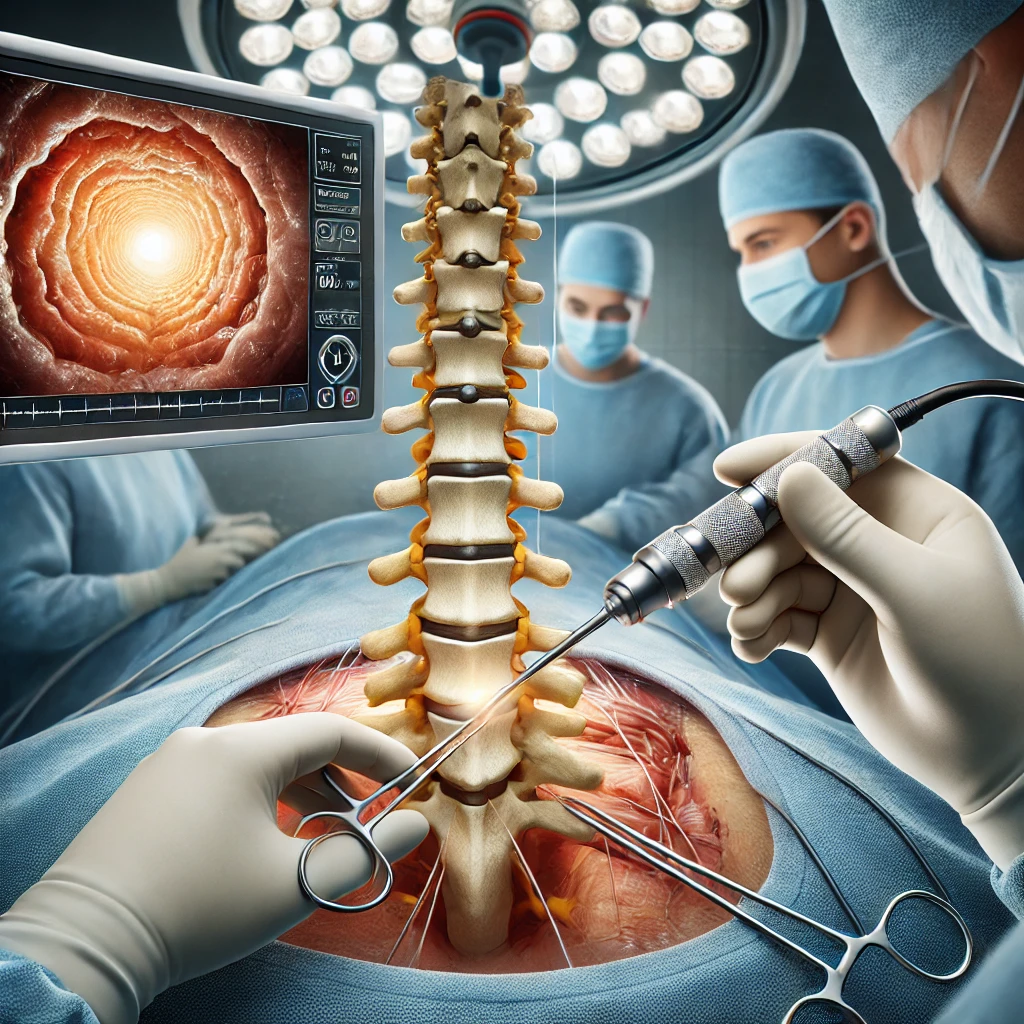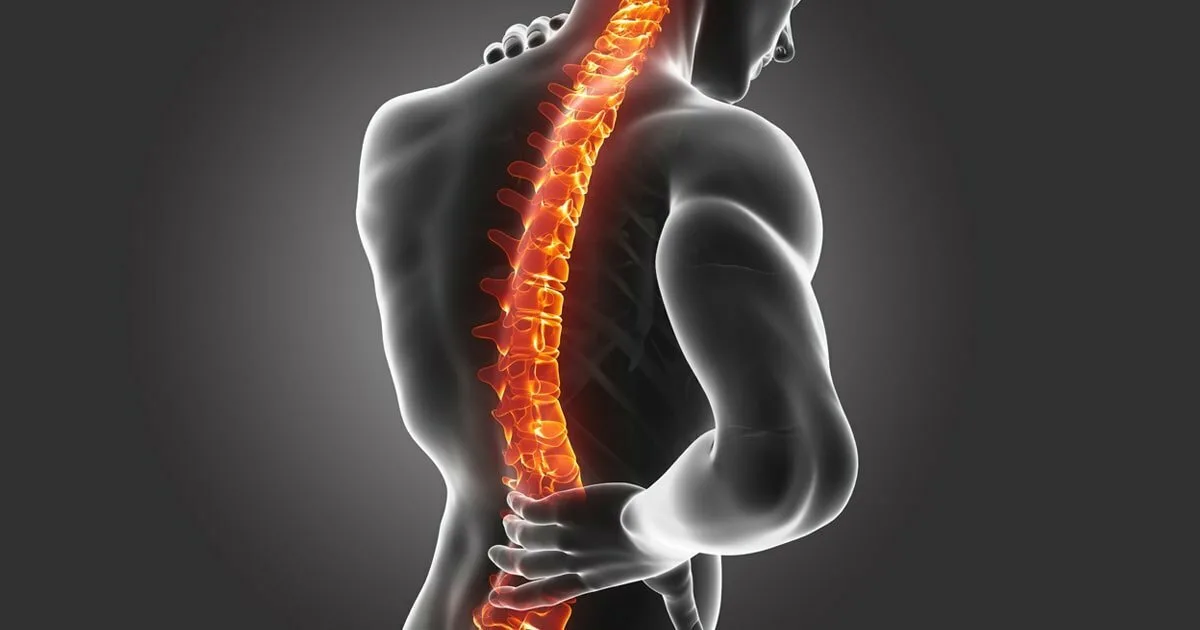Overview
Degenerative disc disease (DDD) affects the discs of the spine, which act as cushions between the bones of the spine. Over time, these discs can wear naturally and lose their elasticity, resilience, and ability to absorb shock. Although this gradual wear and tear process is normal as we age, some people experience pain and discomfort as a result, which manifests as degenerative disc disease. Fighting against this worse condition, Dr. Irfan Malik at Mspin offers vital support.







